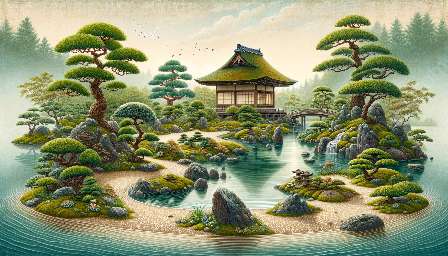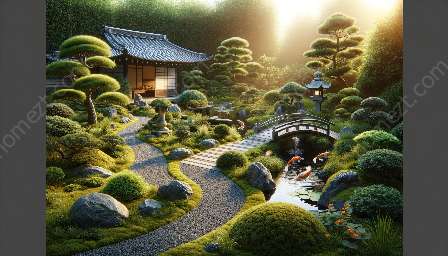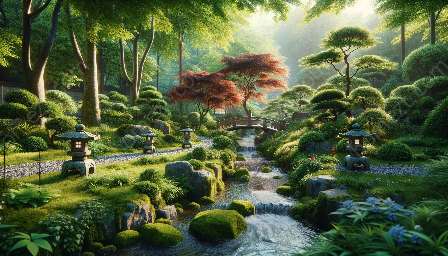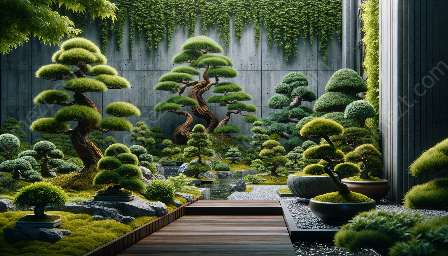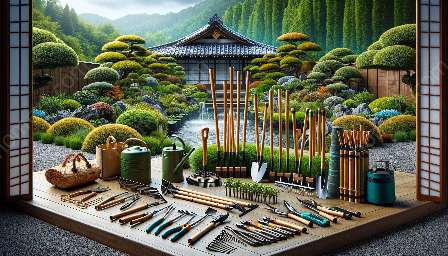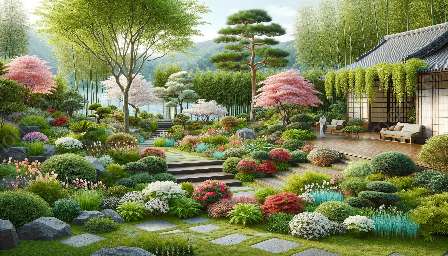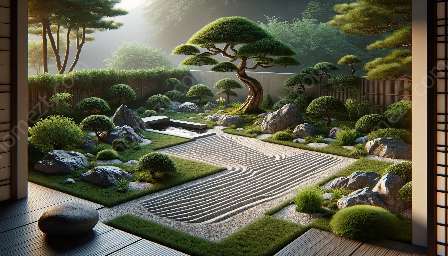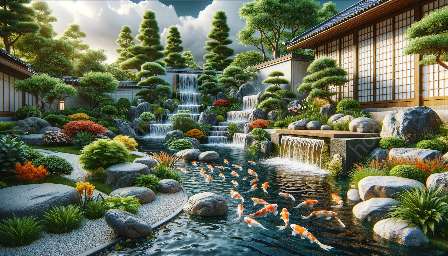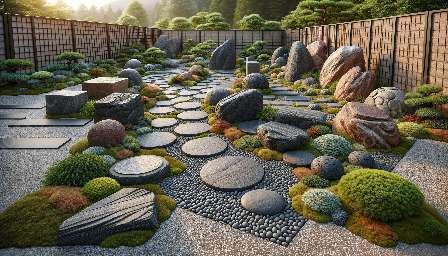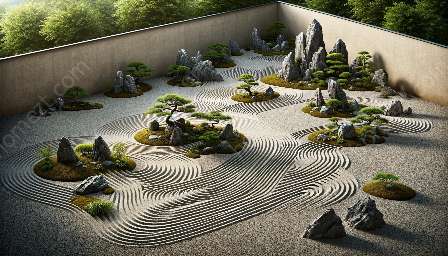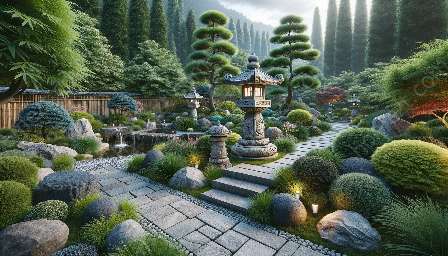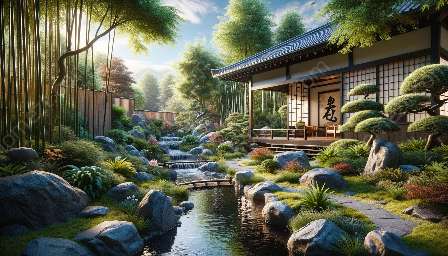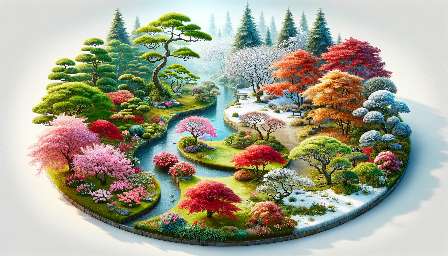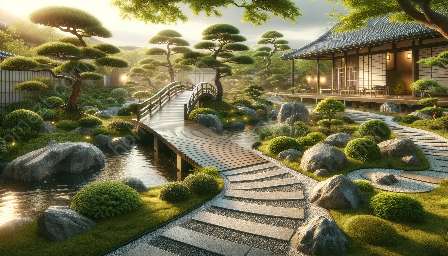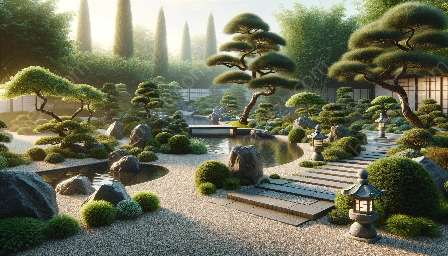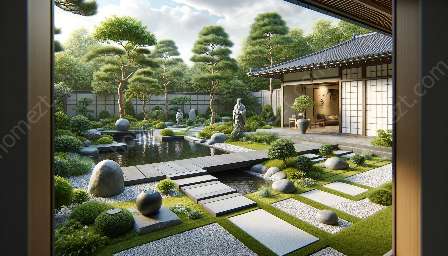Japanese gardens are renowned for their serene beauty, traditional symbolism, and meticulous design. Understanding the elements and features that make up these peaceful landscapes can provide valuable insights for anyone interested in gardening and landscaping.
The Essence of Japanese Gardens
Japanese gardens are deeply rooted in cultural and philosophical traditions, embodying the country's deep respect for nature and harmony. At the heart of these gardens are several key elements and features that distinguish them from other garden styles.
Natural Elements
Japanese gardens often incorporate natural elements such as water, rocks, and plants. Water features, such as ponds or streams, are commonly used to create a sense of tranquility and harmony. Rocks are carefully placed to symbolize mountains or islands, while carefully pruned trees and lush foliage contribute to the overall aesthetic.
Traditional Symbolism
Symbolism plays a significant role in Japanese gardens. Every element, from the type of plants to the arrangement of rocks, carries symbolic meaning. For example, the use of three rocks may represent the Buddhist trinity, while certain plants and trees are chosen for their auspicious symbolism in Japanese culture.
Design Techniques
Japanese gardens are meticulously designed to create a sense of balance and harmony. Principles such as asymmetry, borrowed scenery (shakkei), and careful attention to detail are employed to evoke a feeling of natural order and serenity.
Elements of Sukiya-zukuri
Sukiya-zukuri is a style of Japanese architecture and garden design that emphasizes simplicity and elegance. This aesthetic approach often incorporates elements like bamboo fences, stepping stones, and teahouses, creating a tranquil and contemplative atmosphere.
Seasonal Change
Japanese gardens are designed to evolve with the changing seasons, offering visitors a different experience throughout the year. From the vibrant colors of cherry blossoms in spring to the peaceful tranquility of snow-covered landscapes in winter, these gardens celebrate the beauty of nature in all its forms.
Harmony with Surroundings
Japanese gardens are carefully integrated with their surroundings, often incorporating elements of the surrounding landscape into their design. By creating a seamless transition between the garden and its environment, these landscapes achieve a sense of unity and harmony.
Cultivating Tranquility
Ultimately, Japanese gardens are about more than just aesthetics; they are spaces that encourage contemplation, meditation, and a profound connection with nature. The harmonious blend of natural elements, traditional symbolism, and meticulous design techniques makes Japanese gardens a timeless source of inspiration for gardening and landscaping enthusiasts around the world.

